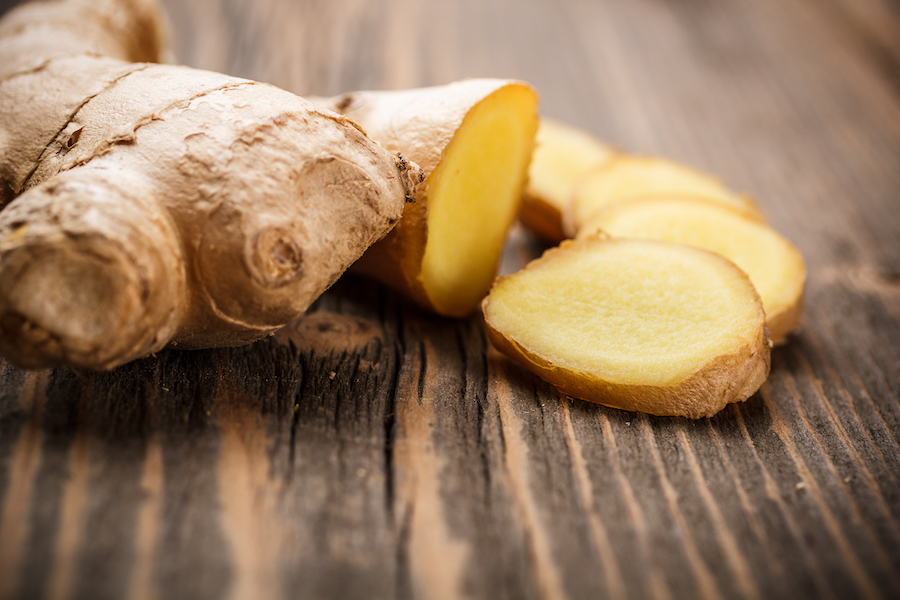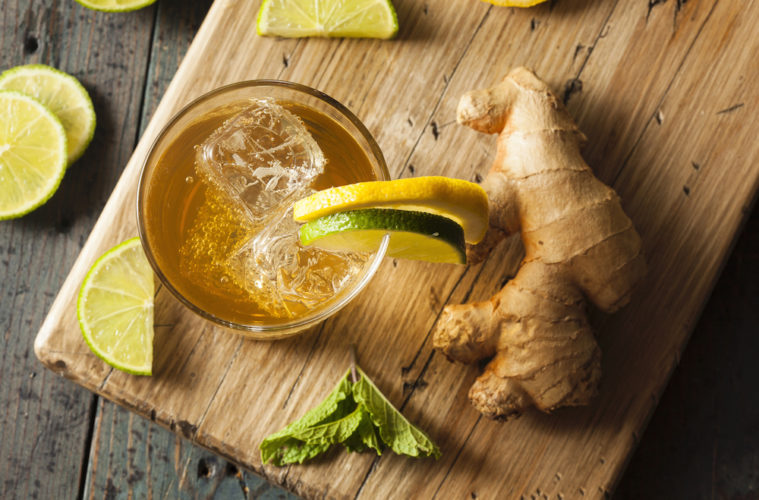La ginger beer originated in England in the eighteenth century booming colonial spice market. Two centuries later it reached its peak of popularity in English-speaking countries. Great Britain, United States y Canada. However, today it is known in many places. We can find it in supermarkets as a Comercial product or in specialty stores like a craft beer. Although, the most interesting thing is that we can do it ourselves at home You want to know more? Keep reading!
What is ginger beer?
Let's differentiate between the recipe craft and commercial. The first is the original. It is a mixture of ginger, sugar y water to which is added a gelatinous substance called «ginger beer plant«. Then, it is left to rest and ferment and ready! Another common seasoning that is often used is lemon juice or lime. If we follow the traditional production, the degree of alcohol can reach 11%. However, this drink usually contains much less alcohol.
See this post on Instagram
The Ginger Beer “Plant” is the community of bacteria and yeasts that make up the fermented solids of Ginger Beer. This gelatinous mass that floats on top of the liquid is made up of the yeast Saccharomyces florentinus (formerly S. pyriformis) and the bacterium Lactobacillus hilgardii (formerly Brevibacterium vermiforme). this “Plant” is also known as SCOBY and is similar to the production of kefir, Kombucha and tibicos. Oliko, beer store ginger.
How is the commercial formula?
La commercial formula differs mainly from original in that it is not fermented, but has gas of carbon dioxide pressurized. This feature has a great impact on the taste as explained by the journalist Donald Yachts en "Root Beer and Ginger Beer Heritage". Naturally fermented ginger beer has a rich flavor that could never be achieved through the carbonation process. This observation dates from the year 1899 en England and today it is still valid.

Instead of using an essence or extract (carbonation process) the ginger beer cuisine must include the ginger root, fresh lemons, and the special yeast the one we talked about earlier (the beer plant). That's how you get your quirky spicy taste (rather a touch spicy light). To distinguish between a craft beer and a commercial (soft drink) we must look at the ingredients. So it should appear root instead of abstract. Also, we must pay attention to the sugar content. if it is very high it looks ugly
What happened in 1920?
The approval of the Prohibition Law, better known as Dry Law, consisted of the illegalization of the manufacture, transport, import, export and sale of alcohol. Naturally, this greatly affected Ginger Beer or the ginger beer. Although it was the cause of the appearance of new markets and ginger ale, root beer, Coca-Cola, Pepsi, etc. However, this law was not the main cause of its paralysis. In 1920, some of the most important potteries, who manufactured the bottles, experienced difficulties such as the lack of raw materials or natural gas.
A New York bar one night before Prohibition began. (1920) pic.twitter.com/wXgZpceugs
— Hech🌎s In The Ⓜ️und🌎 (@HechosEnElMundo) March 29, 2014
Finally, the features stoneware bottles that had been used became obsolete and began to be used Glass bottles. After 1933, Ginger Beer it reopened, but it was no longer what it was in its golden moment. It thus became a "marginal carbonated soft drink" as described Donald Yachts. In front of the new favorite drink of United States, Coca-Cola, could not compete.
How to make homemade ginger beer?
We cut 30 grams de fresh root de ginger and we crush them. We put them in a bowl 500 grams de sugar, 5 liters de water boiling and the juice de two lemons. Dissolve in a small cup of warm water sachet of dried brewer's yeast. Let stand for three or four minutes for the yeast to begin to develop. We add it to the mixture above, move and let stand 24 hours. We strain and bottle the result, covering it with a cork, but leaving a small space in the bottle because the liquid will produce gas.
After three or four days our ginger beer. The time will depend on the ambient temperature. The warmer it is, the faster the process will be. fermentation. We have specifically recovered this recipe from the thesis de Diego Armando Seville "The properties of ginger and its use in cooking". We invite you to try this beer so special and if you dare, prepare it yourself.







